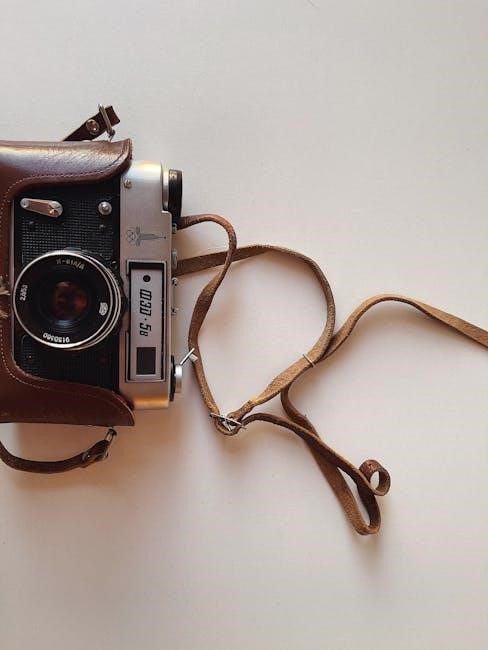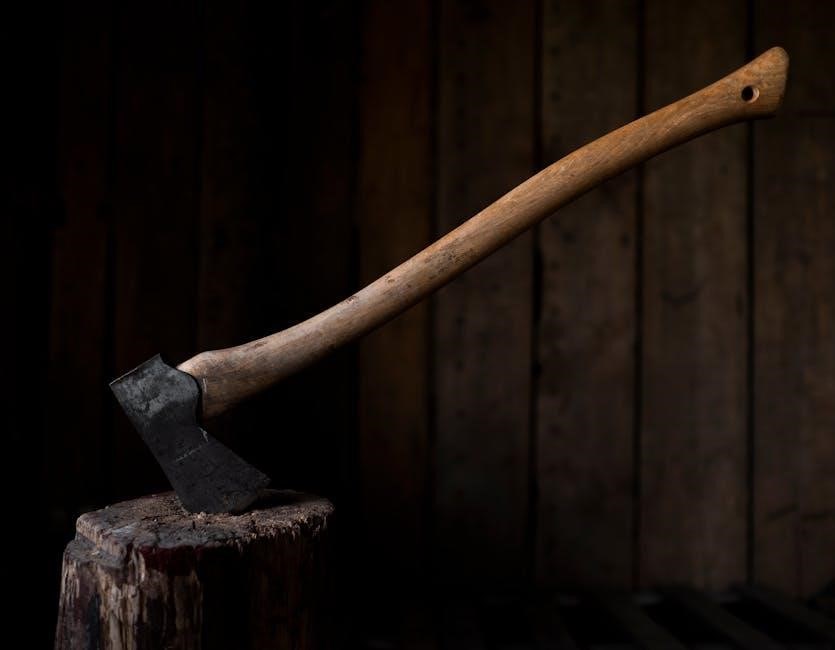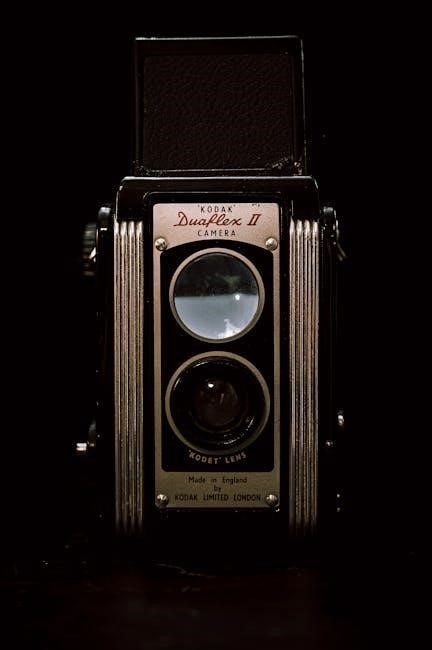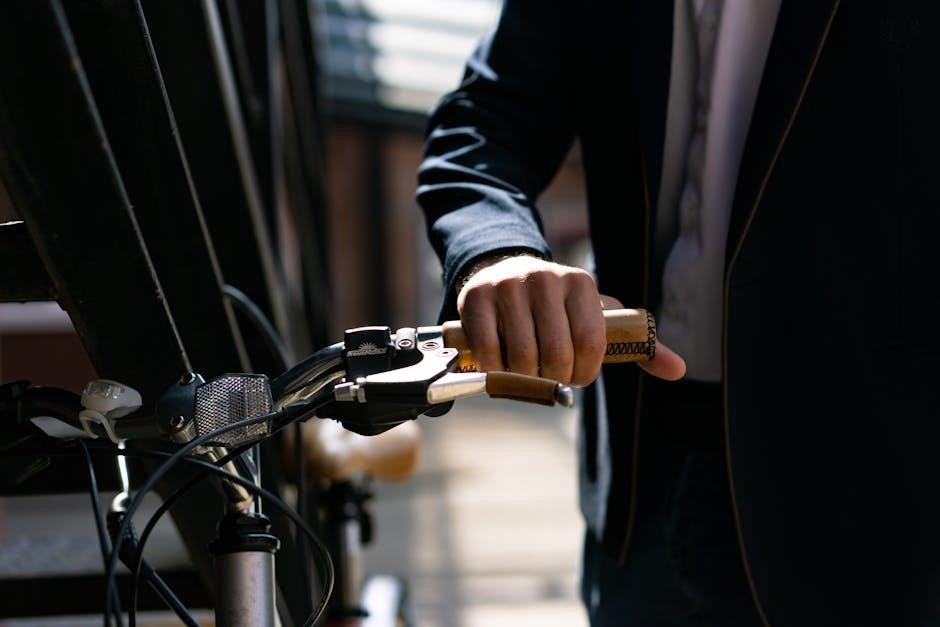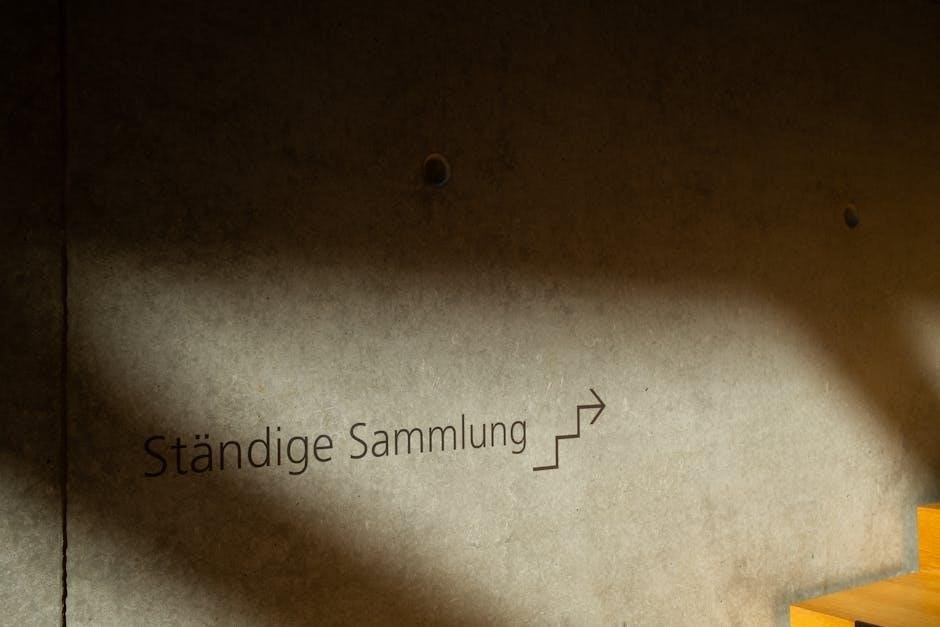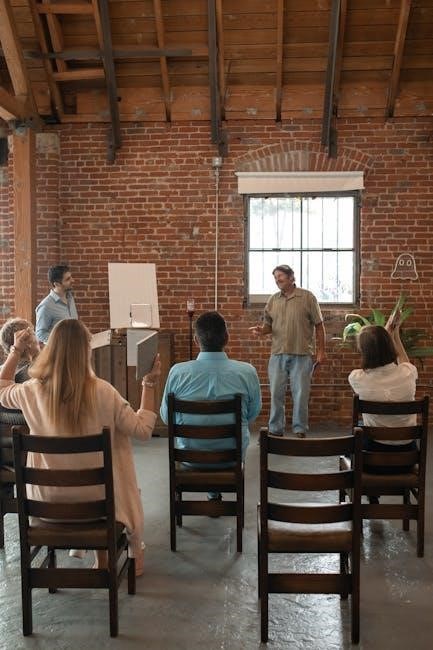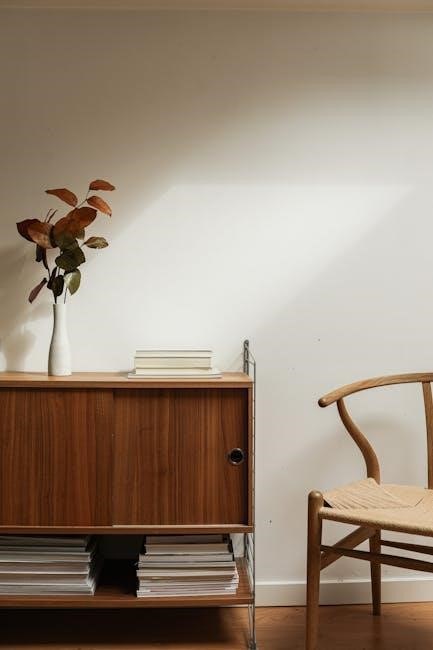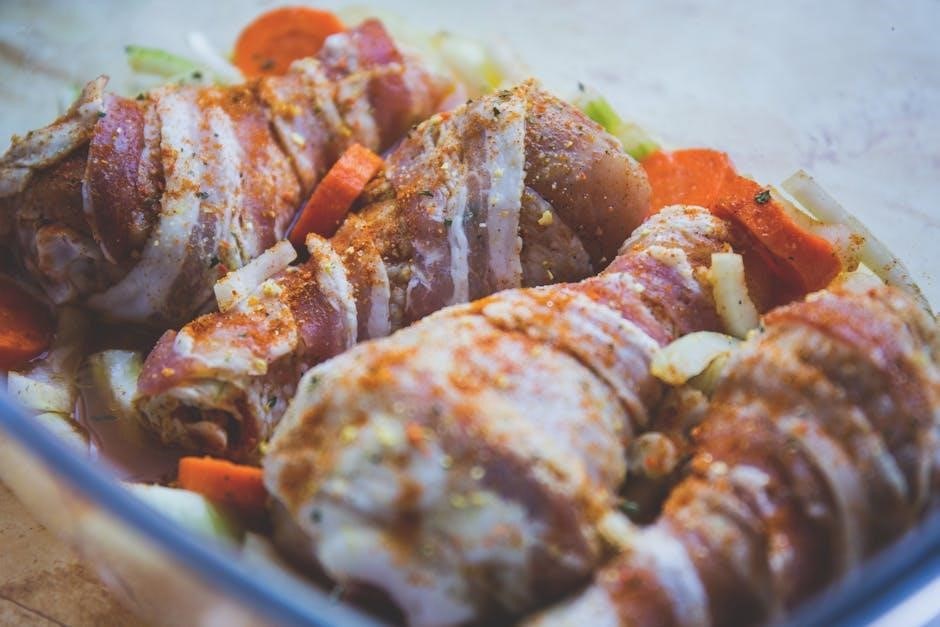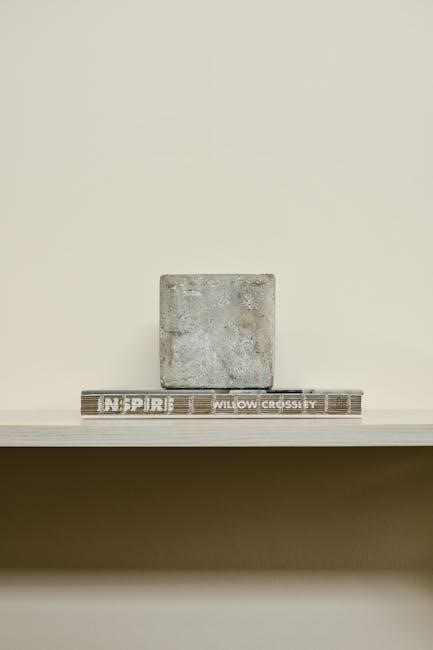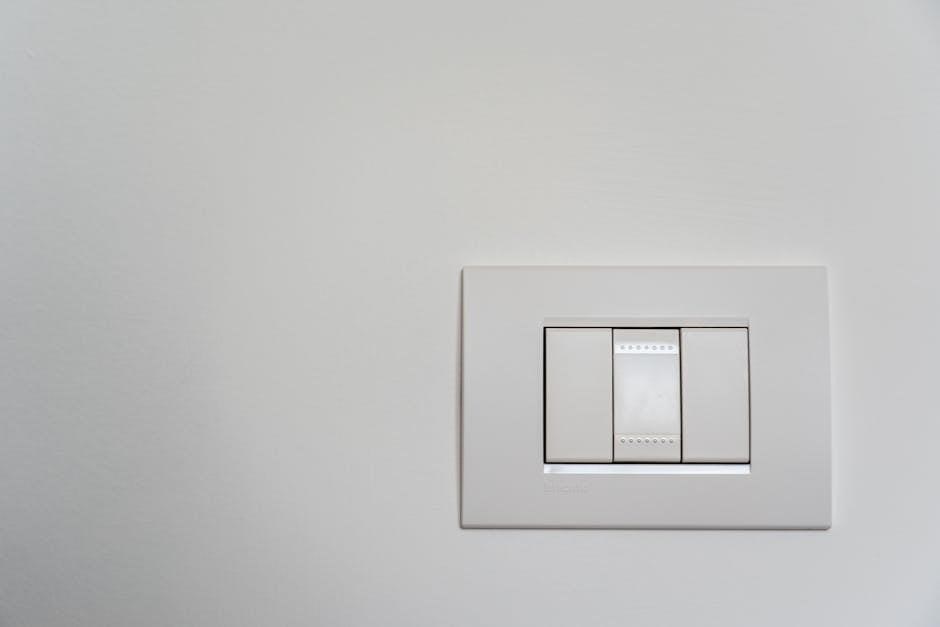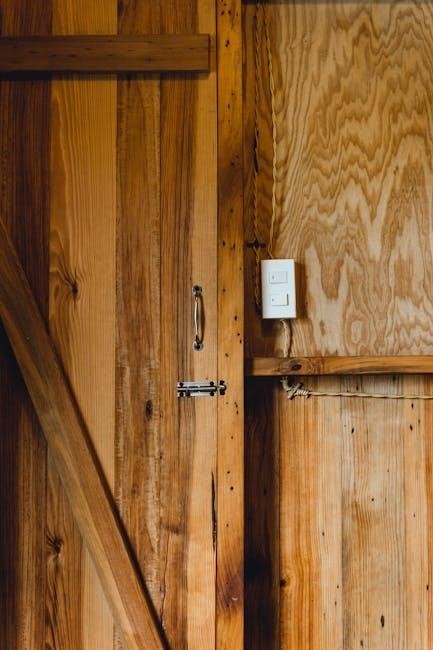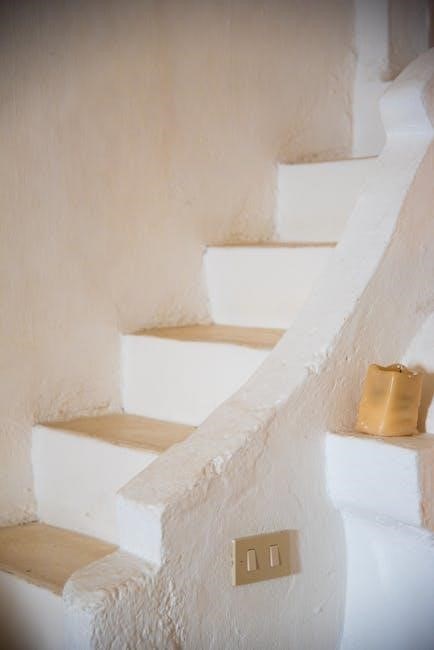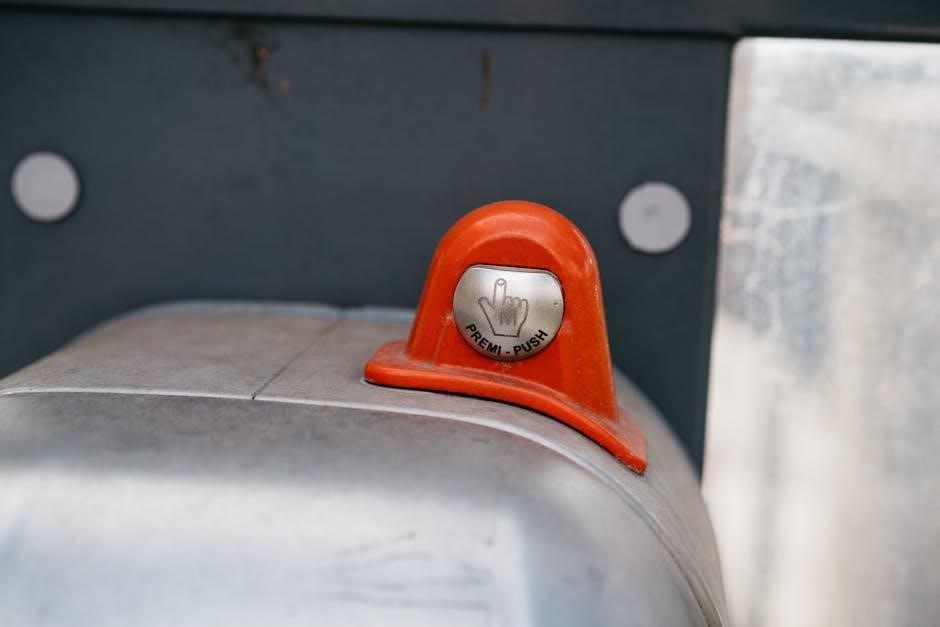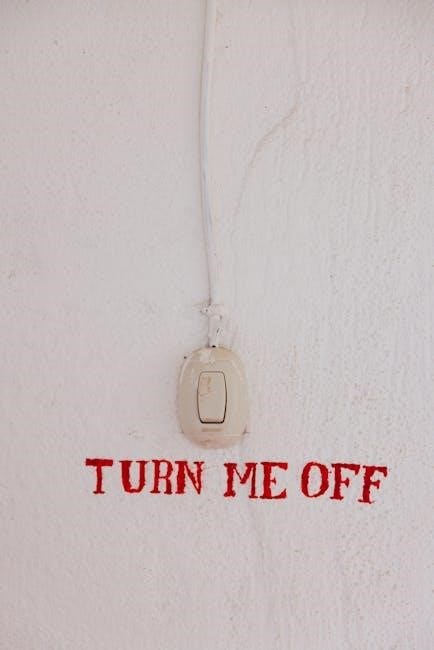
Puma Size Guide: A Comprehensive Overview (Updated 12/22/2025)
Navigating Puma sizing requires understanding regional differences and specific model fits, as evidenced by recent forum discussions regarding the Ford Puma Gen-E and model year variations.
Welcome to the ultimate Puma sizing guide! Finding the perfect fit with Puma can sometimes be tricky, as sizing can vary between different regions, product lines (shoes vs. apparel), and even specific models. Recent online conversations, particularly those surrounding the Ford Puma Gen-E, highlight the importance of careful consideration. This guide aims to demystify Puma’s sizing system, providing detailed charts and helpful tips to ensure a comfortable and stylish experience.
We’ll cover everything from men’s and women’s shoe sizes, including US, UK, and EU conversions, to apparel sizing for both genders. Understanding your measurements – chest, waist, hips – is crucial for apparel. We’ll also address sizing for kids, hats, and accessories. Stay tuned for insights into specific Puma shoe series like the RS-X and Suede Classic, and learn where to find the most up-to-date information and Puma’s return policy.
Understanding Puma’s Different Fit Styles
Puma doesn’t employ a single, universal fit. Different product lines and even individual shoe models are designed with varying fits in mind. Some Puma shoes, particularly those geared towards athletic performance, may feature a more snug, performance-oriented fit, while lifestyle sneakers often offer a roomier, more relaxed feel. Apparel also varies; some items are designed for a slim fit, while others are cut more loosely for comfort and freedom of movement.
Recent forum discussions regarding the Ford Puma Gen-E, while focused on the vehicle, underscore the importance of understanding specific model characteristics. Similarly, with Puma, researching the intended use of the item is key. Always check product descriptions for details on the fit – look for terms like “slim fit,” “regular fit,” or “relaxed fit.” Considering these nuances will significantly improve your chances of selecting the correct size.
Puma Shoe Size Guide ⎻ Men
Men’s Puma shoe sizing can vary, so accurate measurement is crucial. While Puma generally aligns with standard US sizing, discrepancies can occur. It’s advisable to consult specific size charts available on the Puma website or retailer pages. Consider that Puma offers different widths, impacting fit.
Forum discussions highlight potential inconsistencies, even within the same model year (as seen with Ford Puma experiences). Therefore, relying solely on your usual size isn’t always sufficient. Measure your foot length and width, comparing it to Puma’s official charts. Remember to account for sock thickness when measuring. If between sizes, it’s often recommended to size up, especially for athletic shoes where a little extra room is preferred.
US Men’s Sizes
Puma’s US men’s shoe sizes generally follow a standard scale, but variations exist between models. A US size 8, for example, typically corresponds to a foot length of approximately 9.84 inches. Size 9 is around 10.23 inches, and size 10 measures approximately 10.63 inches. However, these are averages; Puma’s specific designs can influence the ideal fit.

Recent online discussions emphasize the importance of checking individual product size charts. The Ford Puma Gen-E forum highlights potential discrepancies, suggesting a cautious approach. Always measure your feet, especially if purchasing online. Consider width – Puma offers options beyond standard – and account for sock thickness. If unsure, reading customer reviews regarding sizing can provide valuable insights.
UK Men’s Sizes
Puma’s UK men’s shoe sizing differs from the US system, requiring careful conversion. A UK size 8 is generally equivalent to a US size 9, while a UK 9 corresponds to a US 10. However, relying solely on conversions isn’t always accurate due to subtle variations in Puma’s manufacturing and model-specific fits.
Online forums, like those discussing the Ford Puma Gen-E, suggest that individual foot shape and sock thickness play a crucial role; Measuring your feet accurately is paramount. Puma’s website often provides detailed size charts for each shoe, which should be consulted. Customer feedback regarding sizing – particularly from UK buyers – can be invaluable. When in doubt, opting for a half size up is often recommended, especially for athletic styles.
EU Men’s Sizes
Understanding Puma’s EU men’s sizing is essential for customers within Europe and those ordering internationally. The EU system utilizes a numerical scale, where a size 42 typically aligns with a UK 8 and a US 9. However, discrepancies can occur, making precise measurement vital.
Recent online discussions, even those centered around the Ford Puma Gen-E, highlight the importance of checking Puma’s official size charts. These charts provide the most accurate conversion from US and UK sizes to EU measurements. Consider foot width, as EU sizing doesn’t always account for varying widths. Customer reviews often mention whether a particular style runs true to size or requires adjustment. Prioritizing accurate foot length measurement ensures a comfortable fit.
Puma Shoe Widths for Men

Puma caters to various foot widths, recognizing that standard sizing doesn’t suit everyone. While not as prominently displayed as length, Puma offers options beyond the regular ‘D’ (standard) width. Men with wider feet should explore ‘2E’ or even ‘4E’ widths, ensuring a comfortable, non-restrictive fit.
Unfortunately, specific width availability varies by shoe model. Checking the product description on Puma’s website is crucial; Online forum discussions, though often focused on vehicle models like the Ford Puma Gen-E, emphasize the importance of considering width alongside length. Ignoring width can lead to discomfort and blisters. If between sizes, opting for a wider width is generally recommended. Accurate foot measurement, including width, is paramount for optimal fit.
Puma Shoe Size Guide ⎻ Women
Understanding Puma’s women’s shoe sizing is key to a comfortable and stylish experience. Women’s sizes generally run smaller than men’s, but variations exist between regions. Accurate measurement is crucial, as highlighted in recent online discussions about vehicle models like the Ford Puma Gen-E, where precise specifications matter.
Puma utilizes US, UK, and EU sizing systems. Women should measure their foot length and compare it to Puma’s official size chart. Consider sock thickness when measuring. Online forums suggest that some styles may run narrow, so checking reviews for fit feedback is beneficial. If between sizes, it’s often recommended to size up, especially for athletic shoes. Width options are also available, though less prominently advertised.
US Women’s Sizes
Puma’s US women’s shoe sizes typically range from 5 to 13, including half sizes. It’s important to note that sizing can vary slightly between different Puma shoe models, mirroring the nuanced specifications discussed in forums regarding the Ford Puma Gen-E. A size 7 US generally corresponds to a 37.5 EU size and a 4.5 UK size, but this is a general guideline.
To ensure the best fit, measure your foot length in inches or centimeters and consult Puma’s official US size chart. Consider the type of shoe – running shoes may require a slightly larger size than casual sneakers. Recent online feedback emphasizes checking individual product reviews for specific sizing recommendations, as some styles run smaller or wider than others.
UK Women’s Sizes
Puma’s UK women’s shoe sizes generally span from a 3 to a 9, including half sizes. Similar to US sizing, variations exist between different Puma styles, echoing the detailed discussions found online concerning the Ford Puma Gen-E’s specifications. A UK size 5 typically equates to a US size 7 and a 37.5 EU size, though this serves as a broad approximation.
Accurate measurement of your foot length is crucial for determining your correct UK size. Refer to Puma’s official UK size chart for precise conversions. Consider the shoe’s intended use; athletic shoes often benefit from a slightly more generous fit. Online forums suggest reviewing customer feedback for specific model sizing insights, as some designs may run narrow or large.
EU Women’s Sizes
Puma’s European (EU) women’s shoe sizes typically range from 35 to 43, including half sizes. Understanding the EU scale is vital, especially when comparing to UK or US measurements, mirroring the attention to detail seen in discussions about the Ford Puma Gen-E. An EU size 37 generally corresponds to a UK size 5 and a US size 7.5.
To ensure an accurate fit, measure your foot length in centimeters and consult Puma’s official EU size chart. Remember that sizing can vary between different Puma shoe models. Customer reviews often provide valuable insights into whether a particular style runs true to size, large, or small. Consider the sock thickness you intend to wear with the shoes for optimal comfort and fit.

Puma Shoe Widths for Women
Puma generally offers women’s shoes in standard width (B). However, availability of wider widths (D) can vary depending on the specific shoe model and region, similar to the customization options discussed regarding the Ford Puma Gen-E. If you typically require a wider fit, it’s crucial to check product descriptions carefully or contact Puma customer service.
Women with wider feet may also find success by sizing up half a size in standard width shoes. Pay attention to customer feedback, as reviews often mention whether a shoe accommodates wider feet comfortably. Consider the shoe’s construction; knit or flexible materials tend to be more accommodating than rigid leather or synthetic uppers. Accurate foot measurement is key to finding the perfect width.
Puma Kids’ Shoe Size Guide
Accurately sizing children’s feet is essential, as they grow rapidly. Puma categorizes kids’ sizes into Infant & Toddler (0-3 years) and Youth (4-12 years). Measuring both feet is crucial, as sizes can differ. Always allow for growth – approximately a thumb’s width between the longest toe and the shoe’s end.
Puma kids’ sizing generally aligns with standard US sizing, but variations can occur. Refer to Puma’s official size chart for precise conversions to UK or EU sizes. Online forums, like those discussing the Ford Puma Gen-E, highlight the importance of checking specific model fit. Consider the sock thickness your child will typically wear when measuring. Regular foot checks are recommended to ensure a comfortable and proper fit.
Infant & Toddler Sizes
Puma’s infant and toddler shoe sizes typically range from US size 1C to 10C. These sizes are designed for children approximately aged 0 to 3 years, though age is just a guideline – foot length is the key measurement. Unlike adult sizing, infant and toddler sizes often use a “C” designation to indicate width.
Measuring a young child’s foot can be tricky! It’s best done when they are calm and weight-bearing. Use a ruler or measuring device to determine the length from heel to longest toe. Add approximately 1/2 inch (1.27 cm) for growth. Remember, forum discussions, even those about the Ford Puma Gen-E, emphasize the importance of accurate measurements for a comfortable fit. Always consult Puma’s official size chart for the most up-to-date conversions.
Youth Sizes
Puma youth shoe sizes generally begin at US size 11C and extend up to size 6Y. These sizes cater to children and pre-teens, typically aged 4 to 12 years. The “Y” designation signifies youth sizing, differentiating it from adult sizes. Widths are often available in narrow (N), medium (M), and wide (W) to accommodate varying foot shapes.
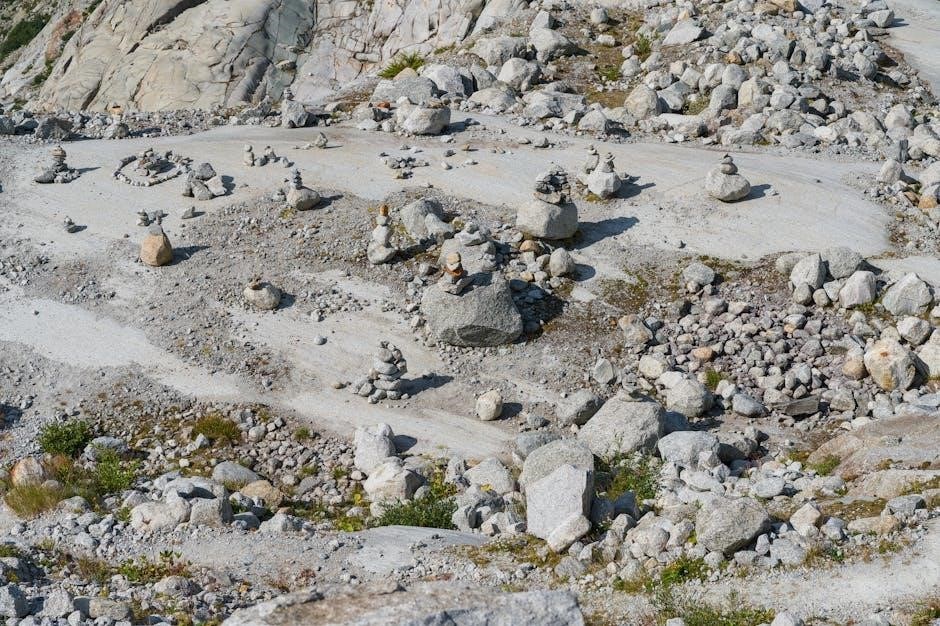
Accurate measurement is crucial, as children’s feet grow rapidly. Measure both feet, as there can be slight differences. Allow for growth room – approximately 1/2 inch (1.27 cm) beyond the longest toe. Online forums highlight the importance of checking specific model size charts, as fits can vary. While discussions may center on vehicles like the Ford Puma Gen-E, the principle of accurate sizing applies universally, ensuring comfort and proper fit for active youth.
Puma Apparel Size Guide ౼ Men
Puma men’s apparel sizing emphasizes accurate chest and waist measurements for optimal fit. T-shirts and polos typically range from Small to XXL, though availability varies by style. To determine your size, measure around the fullest part of your chest and at your natural waistline. Puma provides specific size charts correlating these measurements to their size designations.
Consider the garment’s intended fit – some styles are designed to be more athletic/slim fit, while others are relaxed. Recent forum discussions, though focused on the Ford Puma Gen-E, underscore the importance of checking individual product details. Always consult the specific size chart for the item you’re purchasing, as sizing can differ between apparel types. Proper fit enhances both comfort and performance.
Chest & Waist Measurements
Accurate chest and waist measurements are crucial for selecting the correct Puma apparel size. To measure your chest, stand naturally and measure around the fullest part of your chest, keeping the tape measure level. For waist measurement, bend slightly to the side and measure around your natural waistline – typically the narrowest part of your torso.
Ensure the tape measure is snug but not tight. Record these measurements in inches or centimeters. Puma’s size charts directly correlate these measurements to their sizing (S, M, L, etc.). Remember, these are guidelines; individual body shapes vary. Recent online discussions highlight the importance of precise measurements, even when referencing previous purchases, as styles can differ.
Puma Men’s T-Shirt & Polo Sizes
Puma men’s t-shirts and polos generally range from Small to XXL, but variations exist depending on the style and fit. Refer to the official Puma size chart, aligning your chest and waist measurements (previously obtained) with their corresponding sizes. Slim-fit styles may require sizing up for comfort.
Consider the intended use – a relaxed fit for casual wear versus a more tailored fit for athletic activities. Online forums suggest some Puma lines run slightly smaller, so checking recent customer feedback is beneficial. Remember to account for shrinkage after washing; a slightly larger size might be preferable. Consistent measurement is key to avoiding sizing errors.
Puma Apparel Size Guide ౼ Women
Accurate measurement is crucial when selecting Puma apparel for women. Unlike standardized sizing, Puma’s fit can vary between styles. Begin by measuring your bust, waist, and hips – these three measurements are fundamental. Compare these figures to Puma’s official size chart, available on their website.
Pay attention to the garment’s description; is it a relaxed, slim, or regular fit? Customer feedback, often found in online forums, can provide insights into whether a particular item runs true to size. Consider layering when choosing sizes, especially for outerwear. Prioritize comfort and mobility alongside aesthetic appeal.
Bust, Waist & Hip Measurements
Obtaining accurate bust, waist, and hip measurements is paramount for selecting the correct Puma apparel size. For the bust, measure around the fullest part of your chest, keeping the tape measure level. The waist measurement should be taken at the narrowest point of your torso, typically above the belly button.
For hips, stand with your feet together and measure around the fullest part of your hips and buttocks, ensuring the tape measure is horizontal. It’s best to have someone assist you for greater accuracy. Record these measurements in inches or centimeters, and always measure while wearing minimal clothing. These figures are key to consulting Puma’s size charts effectively.
Puma Women’s T-Shirt & Leggings Sizes
Puma women’s t-shirt and leggings sizes generally correspond to standard US, UK, and EU sizing, but variations exist based on fit – regular, slim, or relaxed. Refer to the official Puma size chart, utilizing your bust, waist, and hip measurements. T-shirt sizes typically range from XXS to XXL, while leggings offer similar sizing with inseam considerations.
Leggings often include waist and hip measurements for optimal fit. Consider reading customer reviews for specific styles, as some may run smaller or larger. Puma’s online size finder tool can also provide personalized recommendations based on your body measurements. Always prioritize comfort and freedom of movement when selecting your size.
Puma Hat & Accessories Size Guide
Finding the perfect fit for Puma hats and accessories requires accurate measurements. Hat sizes are typically determined by head circumference, measured just above the eyebrows. Puma’s hat size chart correlates circumference in inches or centimeters to standard sizes like Small, Medium, Large, and Extra Large.
For gloves, measure the circumference of your hand around the knuckles, excluding the thumb. Puma offers gloves in sizes ranging from Small to Extra Large. Accessory sizing, such as scarves or belts, often relies on standard length or width measurements. Always consult the specific product’s size guide, as variations can occur between styles.
Hat Size Chart (Circumference)

Accurate head circumference measurement is crucial for a comfortable Puma hat fit. Use a flexible measuring tape to measure around the largest part of your head, approximately one inch above your eyebrows and ears. Ensure the tape is level all the way around.
Here’s a general Puma hat size guide based on circumference:
- Small: 21 ¼ ⎻ 21 ⅝ inches (54 ⎻ 55 cm)
- Medium: 21 ⅝ ౼ 22 inches (55 ⎻ 56 cm)
- Large: 22 ⎻ 22 ¾ inches (56 ౼ 58 cm)
- Extra Large: 22 ¾ ౼ 23 ¼ inches (58 ⎻ 59 cm)
These measurements are approximate; always check the specific product details for any variations. A snug, but not tight, fit is ideal.
Glove Sizing
Finding the right Puma glove size ensures optimal performance and comfort. Measure the circumference of your dominant hand around the knuckles, excluding the thumb. Use a flexible measuring tape for accuracy. Puma glove sizes typically range from Small to Extra Large, but can vary depending on the specific model and intended use.
Here’s a general Puma glove size guide:
- Small: 7 ౼ 7 ½ inches (17;8 ⎻ 19 cm)
- Medium: 7 ½ ౼ 8 inches (19 ⎻ 20.3 cm)
- Large: 8 ౼ 8 ½ inches (20.3 ⎻ 21.6 cm)
- Extra Large: 8 ½ ౼ 9 inches (21.6 ౼ 22.9 cm)
Consider the intended activity; thicker gloves may require sizing up. Always refer to the product description for specific sizing recommendations.
Converting Puma Sizes Between Regions
Puma utilizes different sizing systems across various regions, necessitating accurate conversions for international customers. Understanding these differences is crucial for a proper fit. US sizes differ from UK and EU standards, requiring careful attention when ordering from abroad.
Here’s a general conversion guide:
- US to UK: Subtract 0.5 to 1 from your US shoe size.
- US to EU: Add 33 to your US shoe size for a rough estimate.
- UK to EU: Add 35.5 to your UK shoe size.
Tips for Accurate Puma Size Measurement
Achieving the perfect Puma fit begins with precise measurements. For shoes, measure both feet, as sizes can vary. Measure your foot length in the evening, as feet tend to swell throughout the day. Use a ruler or measuring tape, keeping your heel against a wall.
For apparel, use a flexible measuring tape. Measure your chest, waist, and hips accurately. Don’t pull the tape too tight, and ensure it’s level.
Consider sock thickness when measuring for shoes. Compare your measurements to Puma’s official size charts. If you’re between sizes, it’s generally recommended to size up.
Common Puma Sizing Issues & Solutions
A frequent issue reported by Puma customers is inconsistency between sizes across different models. Some users note discrepancies even within the Puma range, particularly with newer models like the Gen-E. Another common problem is sizing variations between US, UK, and EU standards, necessitating careful conversion.
Solutions include thoroughly checking the specific size chart for the shoe or apparel item you’re purchasing. Reading customer reviews can provide valuable insights into fit. If unsure, order two sizes and return the one that doesn’t fit. Puma’s return policy (see section below) facilitates this.
Puma Size Charts for Specific Shoe Models
Puma’s sizing can vary significantly between its iconic lines. For the Puma RS-X Series, a slightly larger fit is often recommended; many customers suggest ordering half a size down for optimal comfort, particularly for athletic performance. Conversely, the classic Puma Suede Classic tends to run true to size, but narrow feet may benefit from considering a wider width if available.
Always consult the dedicated size chart on Puma’s website for the specific model you’re interested in. Recent forum discussions highlight that even within the same series, production runs can exhibit minor variations. Prioritize checking recent customer feedback for the most accurate sizing guidance.
Puma RS-X Series Sizing
The Puma RS-X series, known for its bold design and chunky silhouette, generally runs a half size large. Many customers consistently report needing to size down from their standard Puma shoe size to achieve a secure and comfortable fit. This is particularly true for those with narrower feet, who may experience slippage if they stick to their usual size.
Consider the sock thickness you intend to wear with the RS-X shoes. Thicker athletic socks will further reduce available space, reinforcing the recommendation to size down. Refer to Puma’s official size chart, but prioritize recent customer reviews when making your final decision, as sizing can vary slightly between colorways.

Puma Suede Classic Sizing
The Puma Suede Classic typically adheres to standard sizing, but a consistent theme emerges in customer feedback: it often fits true to size, with a slight tendency to run narrow. Individuals with wider feet may want to consider ordering a half size up for optimal comfort, especially if planning to wear thicker socks.
The Suede Classic’s iconic design doesn’t incorporate significant volume adjustments, so relying on your usual Puma or general sneaker size is a good starting point. However, pay attention to reviews mentioning specific colorways, as minor variations in manufacturing can occasionally occur. Always measure your feet and compare them to Puma’s official size chart before finalizing your purchase.
Where to Find More Puma Sizing Information
Beyond this comprehensive guide, several resources offer additional Puma sizing assistance. The official Puma website (https://us.puma.com/) features detailed size charts and FAQs. Customer reviews on Puma’s product pages provide valuable real-world insights into fit and sizing accuracy, mirroring discussions found in online forums.
Social media platforms like Reddit and dedicated sneaker communities often host threads where users share their experiences with specific Puma models. Retailers carrying Puma products, such as Foot Locker and Dick’s Sporting Goods, may also offer sizing guides or in-store fitting services. Remember to consult multiple sources for the most accurate information and consider the specific model you’re interested in.

Puma’s Return & Exchange Policy Regarding Sizing
Puma generally offers a flexible return and exchange policy for items that don’t fit correctly. Typically, unworn merchandise with original tags attached can be returned within 30 days of purchase for a full refund or exchange. However, policies can vary based on the retailer and purchase location – always check the specific terms at the point of sale.

Online purchases often require initiating a return through Puma’s website and obtaining a return authorization number. Shipping costs for returns may be the responsibility of the customer, unless the return is due to a Puma error. It’s crucial to review Puma’s official return policy (https://us.puma.com/returns-exchanges) for the most up-to-date information and specific conditions.
Customer Reviews & Sizing Feedback
Analyzing customer reviews reveals consistent sizing feedback for Puma products. Many users report Puma shoes tend to run slightly small, recommending ordering a half or full size up, particularly for models like the Suede Classic and RS-X series. Forum discussions highlight inconsistencies, with some experiencing accurate sizing while others note variations between different Puma shoe lines.

Apparel sizing also receives mixed feedback. Some customers find Puma’s t-shirts and leggings true to size, while others suggest sizing up for a more relaxed fit. Recent comments regarding the Ford Puma Gen-E, though unrelated to apparel, demonstrate the importance of community feedback. Checking recent reviews before purchasing is highly recommended to gauge potential sizing issues and ensure a better fit.

